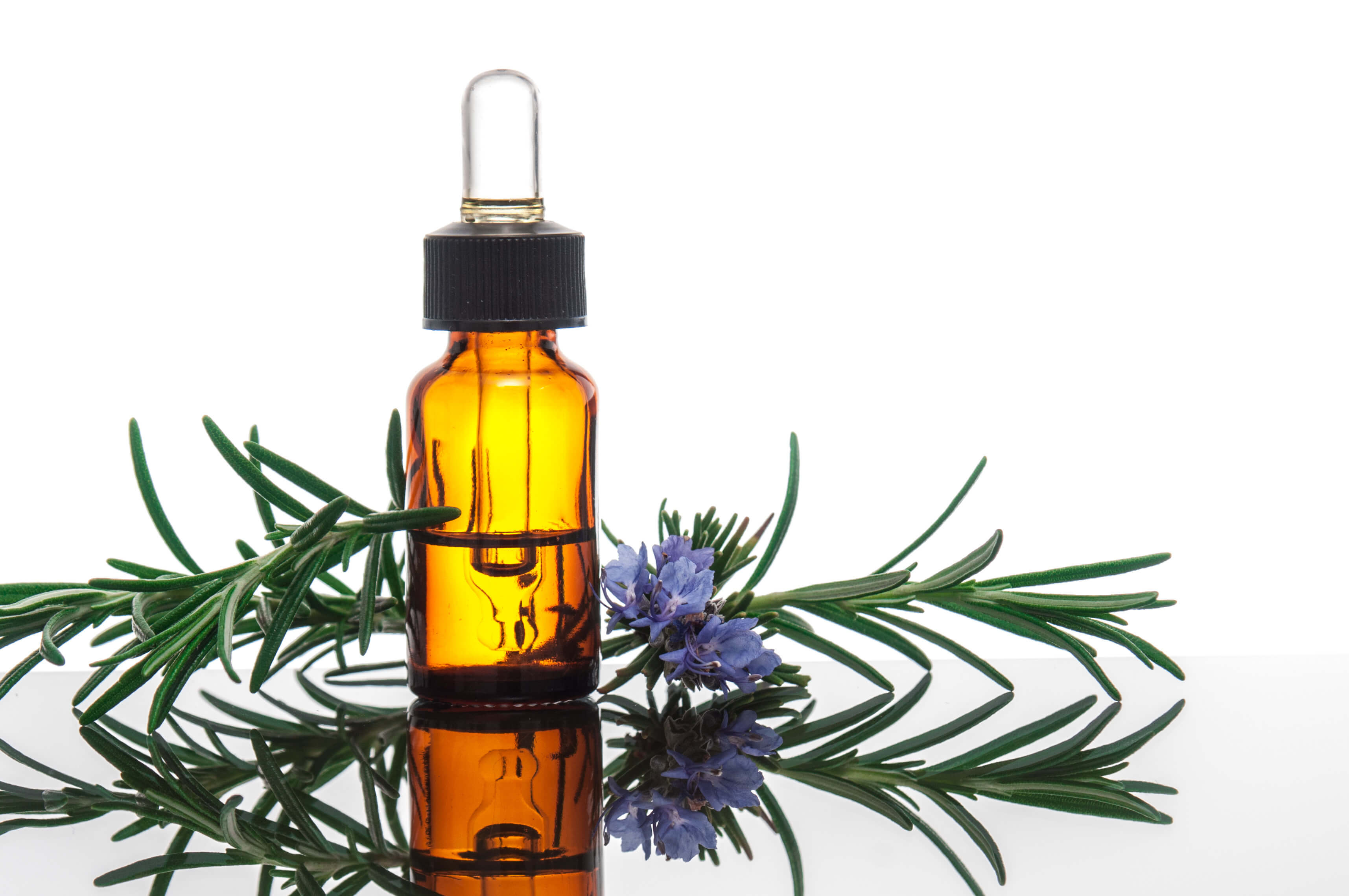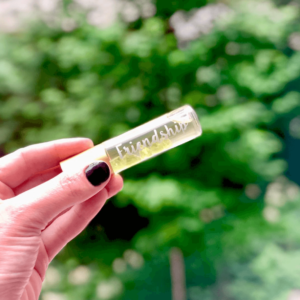Blending essential oils can be as simple as combining 2 or 3 of your favorite oils. Moreover, it can actually be a scientific process of creating the perfect harmony of aromas and chemical make ups. In this article, we’ll address the method of essential oil blending by botanical family.
Understanding Taxonomy
In science, the practice of classifying organisms is called taxonomy. Swedish botanist, Carl Linnaeus, developed this classification system. It focuses on simple physical characteristics of organisms to identify as well as to differentiate between species. When we classify a living organism, we describe Kingdom, Phylum, Class, Order, Family, Genus and Species.
For example, humans are classified as follows:
Kingdom: Animalia
Phylum: Chordata
Class: Mammalia
Order: Primata
Family: Hominidae
Genus: Homo
Species: Sapiens
Classification of Plants
Plants are also divided in this way, but they weren’t always. Originally they were designated by simple intuitive categories and later based on scientific studies. However, there were dozens of botanists naming the same plants without any logical system.
Then in the mid-1700s, Linnaeus modernized the method of designating botanical families. His system became the basis of the International Code of Botanical Nomenclature. Eventually, this became the system for naming all botanicals.
Major Essential Oil Botanical Families
In general, essential oils from the same botanical family tend to blend well together. Therefore, we can use knowledge about plants’ classification to create perfect DIYs. Below is a list of some essential oils that work particularly well together.
Annonaceae: canaga, ylang-ylang
Apieceae: angelica, anise, caraway, carrot, celery, coriander, cumin, dill, fennel, galbanum
Asteraceae: chamomile, helichrysum, tarragon, yarrow
Burseraceae: elemi, frankincense, myrrh
Cupressaceae: cedarwood, cypress, juniper
Lamaiaceae: basil, clary sage, hyssop, lavender, marjoram, oregano, patchouli, peppermint, rosemary, sage, spearmint
Lauraceae: bay, camphor, cassia, cinnamon
Myrtaceae: clove, eucalyptus, myrtle, niaouli, tea tree
Myristicacea: nutmeg
Oleaceae: jasmine
Pinaceae: fir, pine, spruce
Piperaceae: black pepper
Poaceae: citronella, lemongrass, palmarosa, vetiver
Rosaceae: rose
Rutaceae: bergamot, grapefruit, lemon, lime, mandarin, neroli, orange, petitgrain
Santalacae: sandalwood
Styracaceae: onycha
Valeriananceae: spikenard, valerian
Zingiberaceae: cardamom, ginger
Essential Oil Blending by Botanical Family
Here are examples of botanical families you can use to create unique blends.
Apieceae includes many culinary plants, such as various vegetables, herbs, and spices. These plants symbolize cycles and renewal. Some signature combinations include: angelica and coriander; carrot and cumin; dill and coriander.
Asteraceae plants are known for giving the power of attraction. Chamomile blends especially well with all the others.
Lamiaceae plants are particularly good for increasing vitality and helping people accept change. Here are a few examples that work especially well together: basil and spearmint; clary sage and patchouli; lavender and peppermint; marjoram and thyme; rosemary and oregano.
Rutaceae botanicals are great for inspiring confidence and strength, as well as increasing a sense of well-being. Some combinations that work particularly well together: bergamot and petitgrain; grapefruit and lime; lemon and neroli.
Pinaceae and Cupressaceaeils members are for growth, healing, and protection, as well as the ablity to connect with the divine. Here are some great combinations from this group: cedarwood and cypress; balsam fir and juniper; pine and spruce.
Remember to be Creative
Remember that intuition and intention are also important when it comes to blending essential oils. This method certainly has merit and can help you understand why some oils combine well, while others may not. However, it’s encouraged to use your nose and your gut feeling when combining oils. I’ve experienced lots of great blends created through simple trial-and-error.
The point is, the more we understand about plants and their resulting essential oils, then the more we can use them properly and therapeutically. Even if you are just looking for a nice aroma, a little science can help create that perfect blend.
For even more information about creating great essential oil blends, check out this post Creating Perfect DIYs with Essential Oils. How about a roll-on just for men or this one for women?
Want access to all of my oily education?












